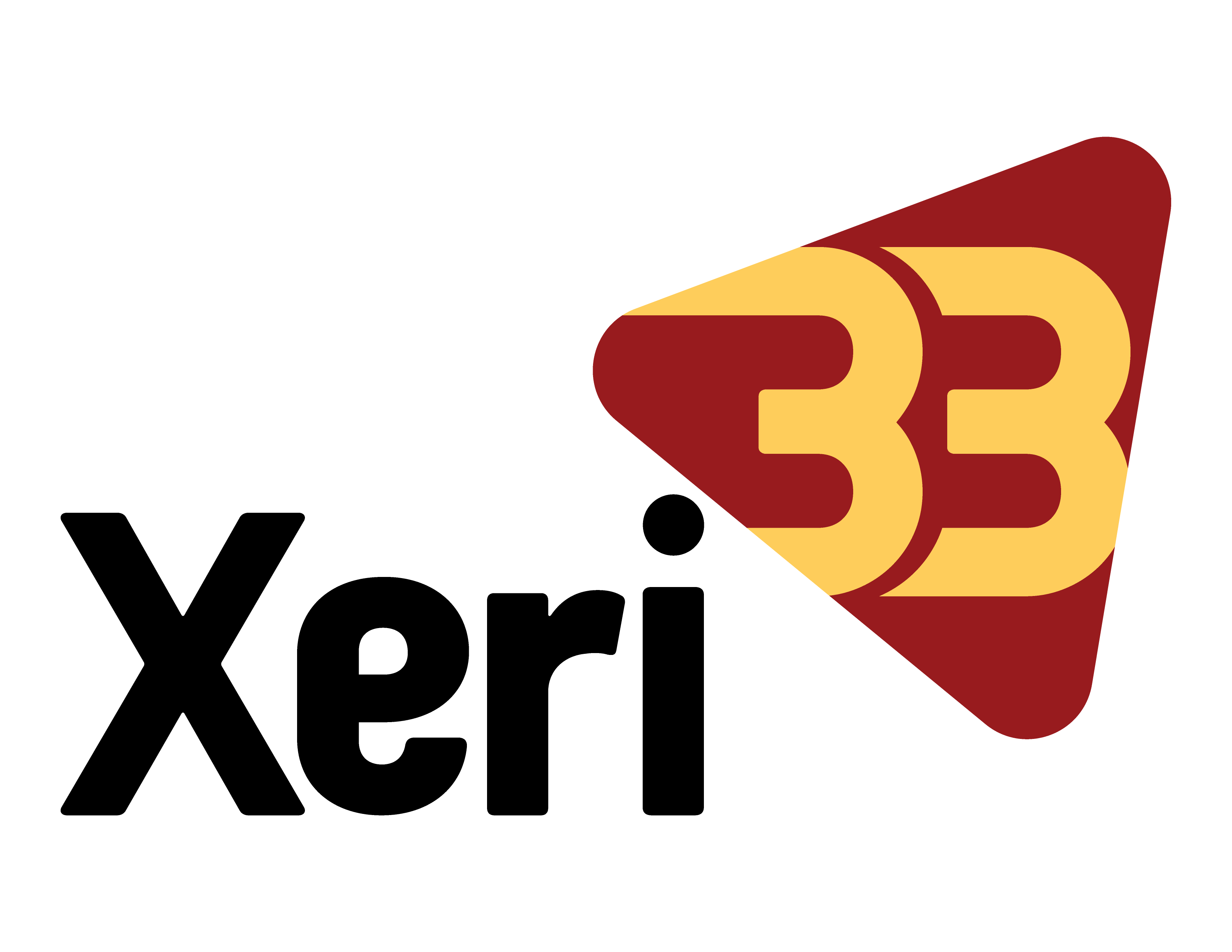
Creating a drought-tolerant yard in Utah requires careful planning, plant selection, and landscaping techniques to conserve water while maintaining an attractive outdoor space. Here are some steps to help you achieve this goal:
- Assess your yard: Begin by evaluating your yard’s microclimates, soil type, drainage, and sun exposure. This will help you determine the best plants and landscaping techniques for your specific area.
- Choose appropriate plants: Select native and drought-tolerant plants that are well-suited to Utah’s climate. These plants typically require less water and maintenance than non-native species. Some examples include:
- Perennials: Penstemon, Salvia, Yarrow, and Blanket Flower
- Shrubs: Rabbitbrush, Sagebrush, and Serviceberry
- Trees: Pinyon Pine, Juniper, and Gambel Oak
- Grasses: Blue grama, Buffalo Grass, and Indian Rice Grass
- Group plants by water needs: Arrange plants with similar water requirements together (called hydro zoning) to minimize water waste and promote efficient irrigation.
- Improve soil quality: Amend your soil with organic matter, such as compost, to increase water retention and improve soil structure. This will help plants establish strong root systems and make better use of available water.
- Mulch: Apply a 2–3-inch layer of organic mulch, such as wood chips or bark, around your plants. Mulch helps retain moisture, reduce evaporation, and suppress weeds.
- Efficient irrigation: Install a drip irrigation or soaker hose system to deliver water directly to the root zones of your plants. This reduces water waste from evaporation and runoff. Be sure to water deeply and infrequently to encourage deep root growth.
- Lawn alternatives: Reduce the size of your lawn or replace it with drought-tolerant ground covers, such as thyme, creeping juniper, or sedum. If you prefer a grass lawn, choose a drought-tolerant variety like buffalo grass.
- Use permeable materials: For walkways and patios, use permeable materials like gravel, decomposed granite, or permeable pavers to reduce runoff and encourage water infiltration.
- Capture rainwater: Install rain barrels or a cistern to collect rainwater for use in your garden during dry periods.
- Maintain your landscape: Regularly prune plants, remove weeds, and repair any leaks in your irrigation system to keep your yard healthy and water efficient.
By incorporating these strategies, you can create a beautiful, low-maintenance, and drought-tolerant yard in Utah.
